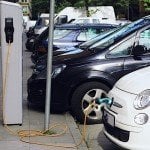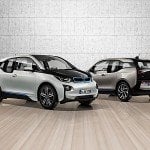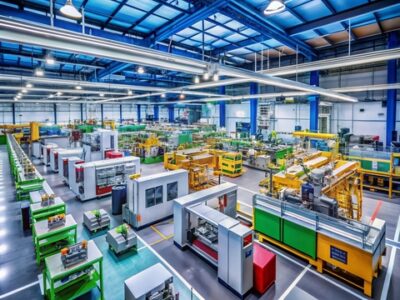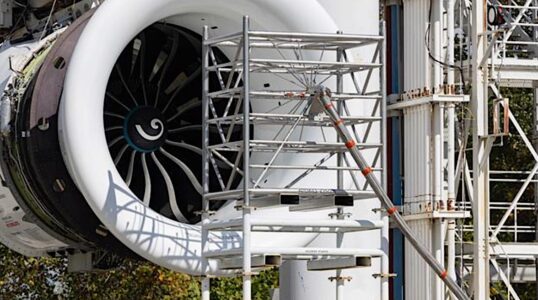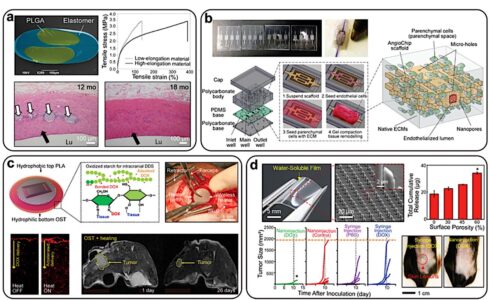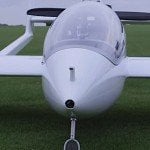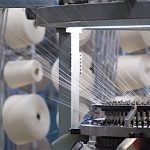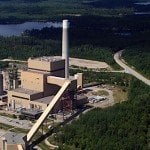balled) over the past decade due to various challenges. However, these obstacles might be overcome with future advancements. We explore ten of the most interesting — and potentially developable — concepts that is not feasible or economical at this time, highlighting the purpose, challenges that resulted in moth-balling or extended development, and the future possibilities.
Most of these projects are on “hold” currently or not longer supported, pending emerging technologies and demand.

1. Hyperloop Transportation Systems
Purpose
The Hyperloop aimed to revolutionize transportation by enabling high-speed travel in vacuum-sealed tubes, reducing travel time between major cities to a fraction of current times.
As of 21 December 2023, Hyperloop One, the former, rebranded Virgin Hyperloop, has terminated operations, at least for now. Other developments and prototypes are not being pursued at this time.
Current Challenges
The Hyperloop faces:
- significant technical and financial obstacles
- maintenance and development costs of vacuum-sealed tubes over long distances
- high costs associated with construction and maintenance.
Future Possibilities
Advances in materials science, construction techniques, and funding models could make the Hyperloop a viable transportation option. Additionally, successful smaller-scale implementations could pave the way for broader adoption.
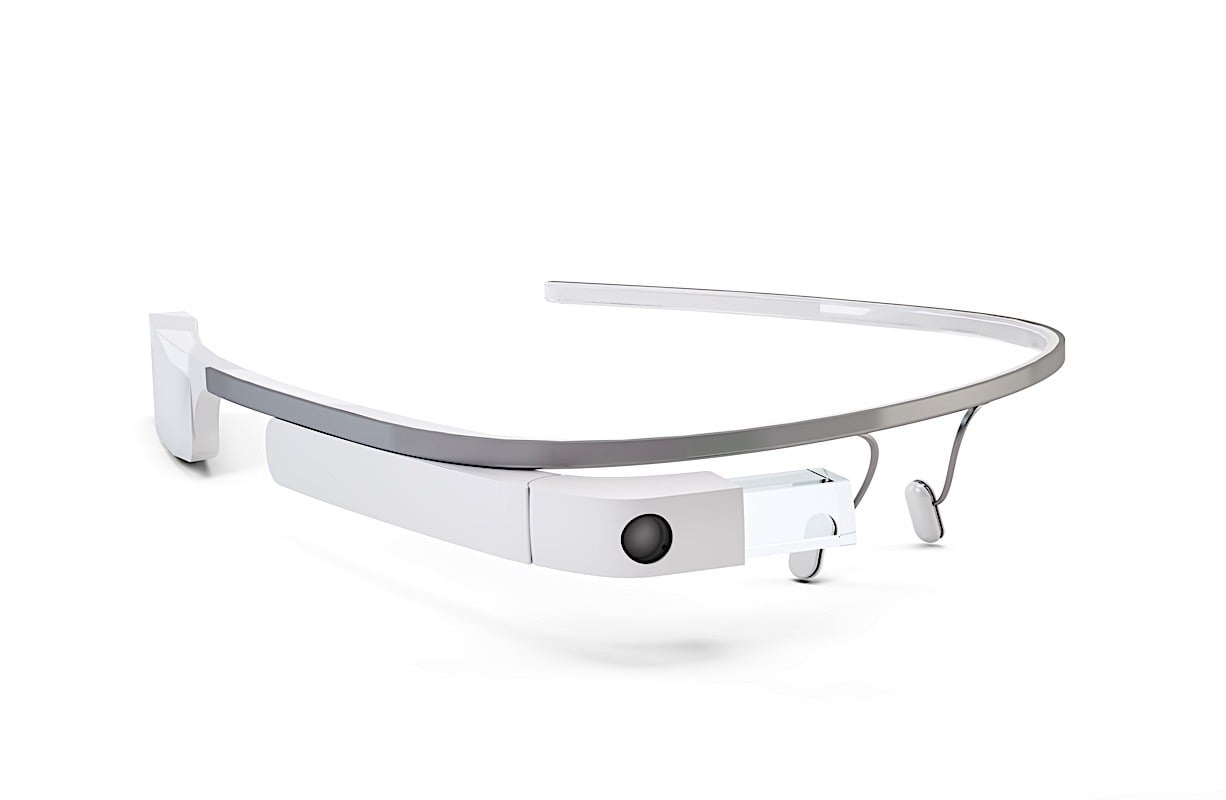
2. Google Glass
Purpose
Google Glass was introduced as a wearable augmented reality device, intended to provide users with hands-free access to information, navigation, and communication.
Google started selling a prototype of Google Glass to qualified “Glass Explorers” in the US on April 15, 2013, for a limited period for $1,500, before it became available to the public on May 15, 2014.
Current Challenges
- Privacy concerns
- social acceptance
- technical limitations in battery life and display quality (currently)
Future Possibilities
Improvements in miniaturization, battery technology, and augmented reality interfaces could address these issues, making wearable augmented reality devices more practical and socially acceptable.
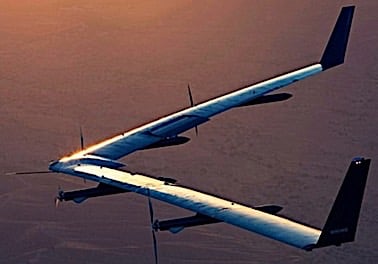
3. Facebook Aquila Drone
Purpose
The Aquila drone was designed to provide internet access to remote and underserved areas by using high-altitude, solar-powered drones.
The Aquila first flew on 28 June 2016 with a second aircraft successfully flying in 2017. Internal development of the Aquila aircraft was stopped in June 2018.
Current Challenges
- Technical difficulties in maintaining long flight times
- high costs of production
- unsustainable at this time.
Future Possibilities
Advances in drone technology, solar power efficiency, and cost reduction strategies could make high-altitude internet delivery drones feasible, expanding global connectivity.
*Note on image Fairuse: By https://engineering.fb.com/2017/10/26/connectivity/aquila-what-s-next-for-high-altitude-connectivity/, Fair use, https://en.wikipedia.org/w/index.php?curid=72714903
4. Solar Roadways
Purpose
Solar Roadways aimed to integrate solar panels into road surfaces, generating renewable energy while providing a durable and multifunctional infrastructure.
Current Challenges
- High costs
- durability issues
- inefficiencies in energy production
Future Possibilities
Enhanced solar panel efficiency, more durable materials, and cost-effective manufacturing processes could make solar roadways a practical renewable energy solution in the future.
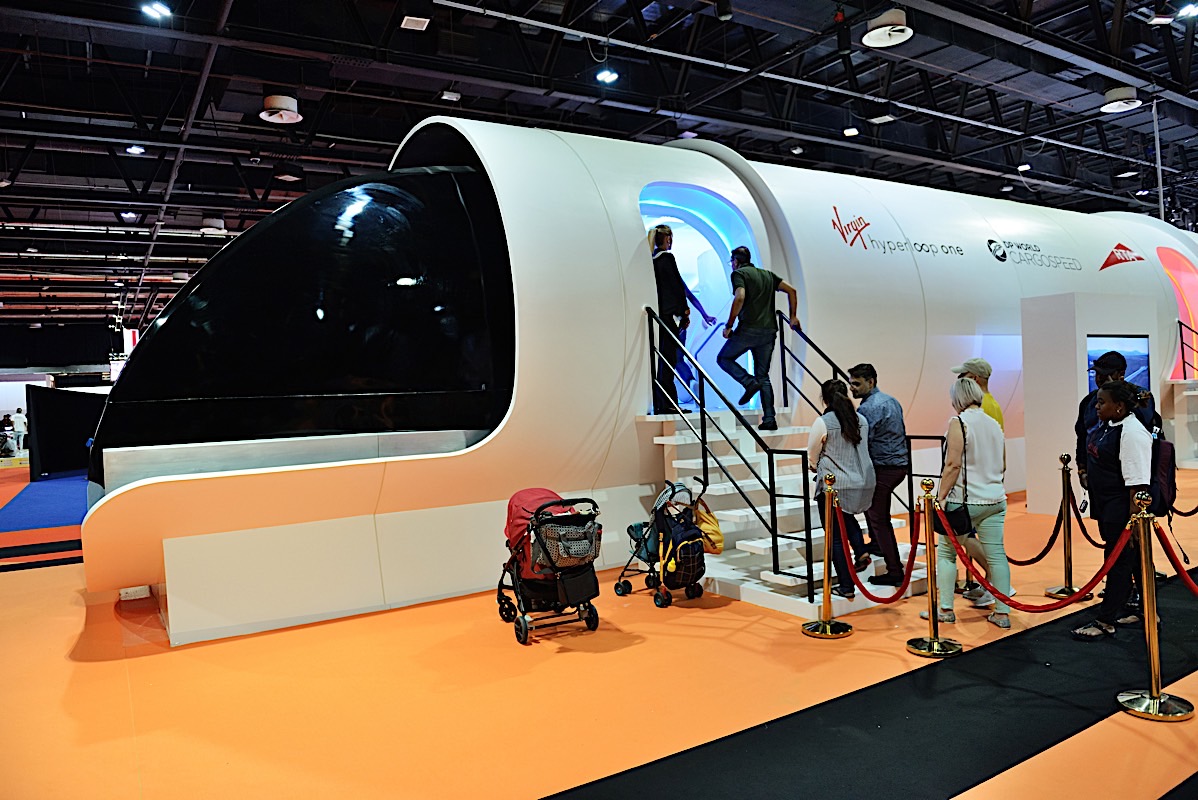
5. Microsoft’s Courier Tablet
Purpose
The Courier tablet was designed to be a dual-screen device for digital note-taking, sketching, and personal organization, aimed at creative professionals and students.
On April 29, 2010, Microsoft confirmed that they will no longer support this project. Variations on the concept have been developed by other corporations, including Samsung as display technologies advanced.
Current Challenges
- technical challenges
- market readiness issues led to “no longer supported”
Future Possibilities
Advances in foldable screen technology and increased demand for versatile digital workspaces could revive interest in dual-screen tablets similar to the Courier.
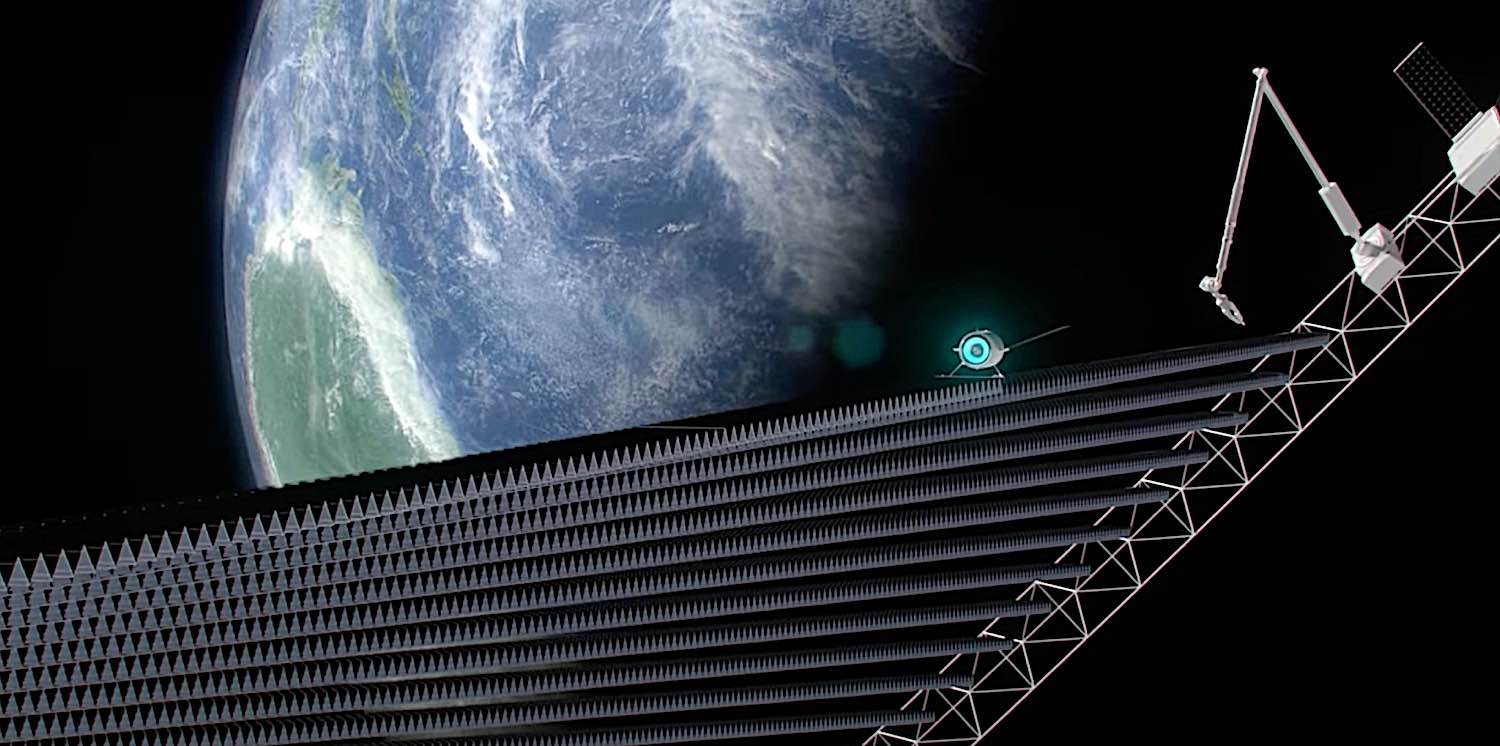
6. Space-Based Solar Power
Purpose
Space-based solar power was envisioned as a way to harness solar energy in space and transmit it to Earth, providing a continuous and reliable source of renewable energy.
Current Challenges
- Prohibitively high costs
- technical complexities
- energy transmission challenges
Future Possibilities
Reduced launch costs, improved space technology, and more efficient energy transmission methods could make space-based solar power economically feasibly and environmentally desirable.
7. Apple’s AirPower
Purpose
AirPower aimed to provide a wireless charging mat capable of charging multiple Apple devices simultaneously, offering convenience and reducing cable clutter.
Devices would not need to be carefully aligned on the charging mat due to the presence of over twenty charging coils, which could charge a device regardless of exact position. However, these charging coils in close proximity ran too hot, requiring the charging mat to require power management.
Current Challenges
- Overheating issues
- design complexities
Future Possibilities
Advances in wireless charging technology, better thermal management, and streamlined design could enable the successful development of multi-device wireless charging solutions.
These examples highlight the current challenges and future possibilities of ambitious engineering ideas. As always, this is a rapidly moving scenario. Today’s “hold” is tomorrow’s “breakthrough.” While obstacles exist, continued innovation and technological advancements hold the potential to realize these visionary projects.

